The Historical Context of the Renaissance
The Renaissance, a period of immense cultural, artistic, and intellectual growth in Europe, emerged as a beacon of light after the dark ages of the medieval period. It was a time of rebirth, where creativity and innovation flourished, transforming the societal landscape in profound ways. To truly grasp the significance of the Renaissance, one must delve into the historical context that paved the way for this remarkable era.
In the preceding medieval era, Europe was entrenched in the feudal system, a rigid social structure that stifled progress and limited individual freedoms. The catastrophic Black Death, a plague that ravaged the continent in the 14th century, further destabilized this already fragile system, leaving a trail of death and destruction in its wake. However, out of this turmoil emerged the seeds of change, creating fertile ground for the Renaissance to take root and blossom.
The fall of Constantinople in 1453 to the Ottoman Empire was a pivotal event that catalyzed the migration of Greek scholars and texts to Italy. This influx of knowledge sparked a renewed interest in the wisdom of ancient civilizations, particularly the Greeks and Romans, laying the foundation for a revival of classical learning and culture. The exchange of ideas between East and West fueled the intellectual fervor that characterized the Renaissance.
Central to the intellectual landscape of the Renaissance was the philosophy of Humanism, which celebrated the potential and achievements of humanity. Humanist thinkers emphasized the importance of education, critical thinking, and the pursuit of knowledge, championing a holistic approach to understanding the world. This human-centered ideology permeated all aspects of Renaissance society, influencing art, literature, and scientific inquiry.
One of the driving forces behind the flourishing of creativity during the Renaissance was the patronage of wealthy families like the Medicis. These patrons provided financial support to artists, scholars, and innovators, enabling them to dedicate themselves fully to their craft. The Medici family, in particular, played a significant role in fostering a culture of artistic excellence in Florence, nurturing talents like Leonardo da Vinci and Michelangelo.
The advent of the printing press in the mid-15th century by Johannes Gutenberg revolutionized the dissemination of knowledge. This technological innovation allowed for the mass production of books and pamphlets, democratizing access to information and ideas. The spread of printed materials across Europe facilitated the exchange of intellectual discourse, fueling the intellectual ferment of the Renaissance.
The Protestant Reformation, ignited by Martin Luther in 1517, challenged the authority of the Catholic Church and triggered a wave of religious and political upheaval. This period of reform and dissent reshaped the religious landscape of Europe, leading to the emergence of new denominations and altering the power dynamics within society. The Reformation was a watershed moment that intersected with the Renaissance, influencing the course of history in profound ways.
The Scientific Revolution of the 16th and 17th centuries ushered in a new era of discovery and innovation. Visionaries like Copernicus, Galileo, and Newton revolutionized our understanding of the natural world, challenging long-held beliefs and paving the way for modern science. The spirit of inquiry and experimentation that characterized the Scientific Revolution was deeply intertwined with the intellectual ethos of the Renaissance, laying the groundwork for future advancements.
The legacy of the Renaissance endures to this day, shaping our artistic, cultural, and scientific landscape. The innovations, ideas, and values that emerged during this transformative period continue to influence our world, reminding us of the enduring impact of human creativity and ingenuity. The Renaissance serves as a testament to the power of human potential and the boundless possibilities of the human spirit.
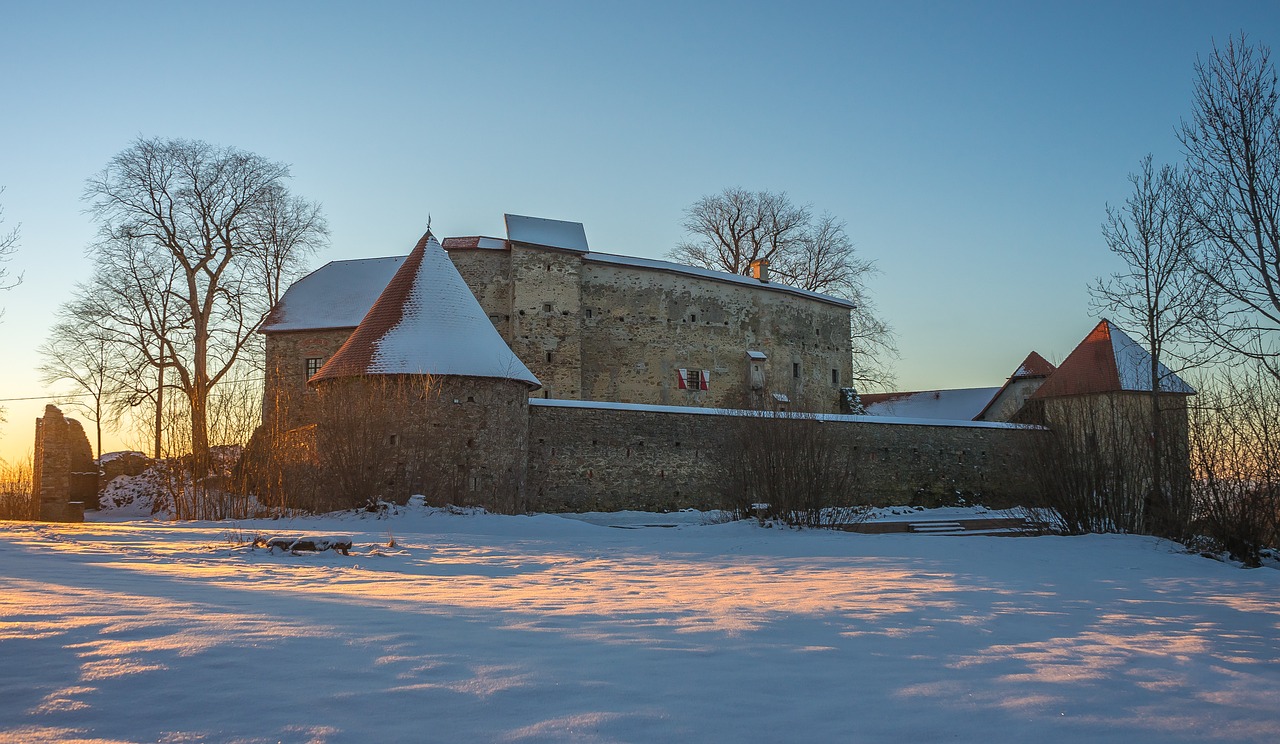
Medieval Europe and the Black Death
The Renaissance was a pivotal period in European history marked by cultural, artistic, and intellectual flourishing. Understanding the historical context that led to this era of rebirth is crucial to appreciating its significance and impact on the world.
The decline of the medieval feudal system and the devastation caused by the Black Death in the 14th century created a fertile ground for social, economic, and political transformation that set the stage for the Renaissance.
In medieval Europe, the feudal system was in decline, leading to social unrest and economic instability. The Black Death, a devastating pandemic that swept through Europe in the mid-14th century, decimated the population and disrupted the existing social order. The widespread death and economic disarray that followed paved the way for significant changes in European society.
The aftermath of the Black Death forced a reevaluation of traditional structures and beliefs, opening up opportunities for new ideas and innovations to take root. The profound impact of this catastrophic event set the stage for the emergence of a new era characterized by renewed creativity and exploration.
As the dust settled from the devastation of the Black Death, Europe found itself at a crossroads, poised for a period of transformation that would ultimately give birth to the Renaissance.

The Fall of Constantinople and the Migration of Scholars
The Renaissance was a pivotal period in European history marked by cultural, artistic, and intellectual flourishing. Understanding the historical context that led to this era of rebirth is crucial to appreciating its significance and impact on the world.
The decline of the medieval feudal system and the devastation caused by the Black Death in the 14th century created a fertile ground for social, economic, and political transformation that set the stage for the Renaissance.
The Fall of Constantinople in 1453 to the Ottoman Empire was a turning point that led to the migration of Greek scholars and texts to Italy. This event sparked a renewed interest in classical learning and contributed significantly to the intellectual climate of the Renaissance.
Humanism, with its emphasis on the value of human beings, their capabilities, and achievements, played a significant role in shaping the intellectual landscape of the Renaissance. It promoted a revival of classical learning and culture, emphasizing the importance of individual potential.
The support of wealthy patrons, such as the Medici family in Florence, played a crucial role in enabling artists, scholars, and thinkers to pursue their creative endeavors. This patronage led to a flourishing of art, literature, and innovation during the Renaissance.
The invention of the printing press by Johannes Gutenberg in the mid-15th century revolutionized the dissemination of knowledge and ideas. This technological advancement facilitated the spread of Renaissance thought and culture across Europe, accelerating intellectual exchange.
The Protestant Reformation, initiated by Martin Luther in 1517, challenged the authority of the Catholic Church and contributed to religious and political upheaval. This movement reshaped the social and cultural landscape of Europe during the Renaissance period.
The Scientific Revolution of the 16th and 17th centuries, led by figures like Copernicus, Galileo, and Newton, introduced new paradigms for understanding the natural world. These groundbreaking discoveries challenged traditional beliefs and fostered the spirit of inquiry characteristic of the Renaissance.
The legacy of the Renaissance continues to exert a profound influence on art, culture, science, and thought in the modern world. Its transformative impact serves as a reminder of the enduring legacy of this remarkable period in history.
The Fall of Constantinople in 1453 marked a significant event that altered the course of history. As the once-great Byzantine capital fell to the Ottoman Empire, a wave of Greek scholars and texts migrated to Italy, particularly to cities like Florence and Venice. This influx of knowledge and expertise sparked a revival of classical learning in Western Europe, fueling the intellectual fervor of the Renaissance. The migration of scholars from Constantinople not only enriched the cultural landscape of the Italian city-states but also laid the foundation for the humanist movement that would define the Renaissance era.
Q: How did the Fall of Constantinople impact the Renaissance?
A: The Fall of Constantinople led to the migration of Greek scholars and texts to Italy, contributing to the revival of classical learning and culture that characterized the Renaissance.

The Influence of Humanism
The Renaissance was a pivotal period in European history marked by cultural, artistic, and intellectual flourishing. Understanding the historical context that led to this era of rebirth is crucial to appreciating its significance and impact on the world.
The decline of the medieval feudal system and the devastation caused by the Black Death in the 14th century created a fertile ground for social, economic, and political transformation that set the stage for the Renaissance.
The fall of Constantinople in 1453 to the Ottoman Empire led to the migration of Greek scholars and texts to Italy, sparking a renewed interest in classical learning and contributing to the intellectual climate of the Renaissance.
Humanism, with its emphasis on the value of human beings, their capabilities, and achievements, played a significant role in shaping the intellectual landscape of the Renaissance and promoting a revival of classical learning and culture.
The support of wealthy patrons, such as the Medici family in Florence, enabled artists, scholars, and thinkers to pursue their creative endeavors, leading to a flourishing of art, literature, and innovation during the Renaissance.
The invention of the printing press by Johannes Gutenberg in the mid-15th century revolutionized the dissemination of knowledge and ideas, facilitating the spread of Renaissance thought and culture across Europe.
The Protestant Reformation, sparked by Martin Luther in 1517, challenged the authority of the Catholic Church and contributed to religious and political upheaval that reshaped the social and cultural landscape of Europe during the Renaissance.
The Scientific Revolution of the 16th and 17th centuries, with figures like Copernicus, Galileo, and Newton, introduced new ways of understanding the natural world, challenging traditional beliefs and contributing to the spirit of inquiry of the Renaissance.
The legacy of the Renaissance continues to influence art, culture, science, and thought to this day, shaping our modern world and reminding us of the enduring impact of this transformative period in history.
Humanism was a driving force behind the intellectual revival of the Renaissance. It emphasized the importance of human potential, creativity, and individualism. Humanist scholars focused on human values and achievements, looking to ancient Greek and Roman texts for inspiration and guidance. This shift in perspective led to a renewed interest in classical literature, philosophy, and art, laying the foundation for the cultural rebirth of the Renaissance.
Q: What were the main factors that contributed to the rise of the Renaissance?
A: The decline of feudalism, the Black Death, the migration of scholars, the influence of humanism, patronage from wealthy families, the invention of the printing press, the Protestant Reformation, and the Scientific Revolution were key factors that shaped the Renaissance.
Q: How did humanism impact the art and literature of the Renaissance?
A: Humanism placed a strong emphasis on human experiences, emotions, and achievements, which influenced the themes and styles of art and literature during the Renaissance. Artists and writers sought to depict the beauty and complexity of the human form, as well as explore human emotions and relationships in their works.
Q: What is the lasting legacy of the Renaissance in modern society?
A: The Renaissance laid the groundwork for many aspects of modern society, including our approach to art, science, literature, and education. Its emphasis on humanism, innovation, and individualism continues to shape our cultural values and intellectual pursuits today.
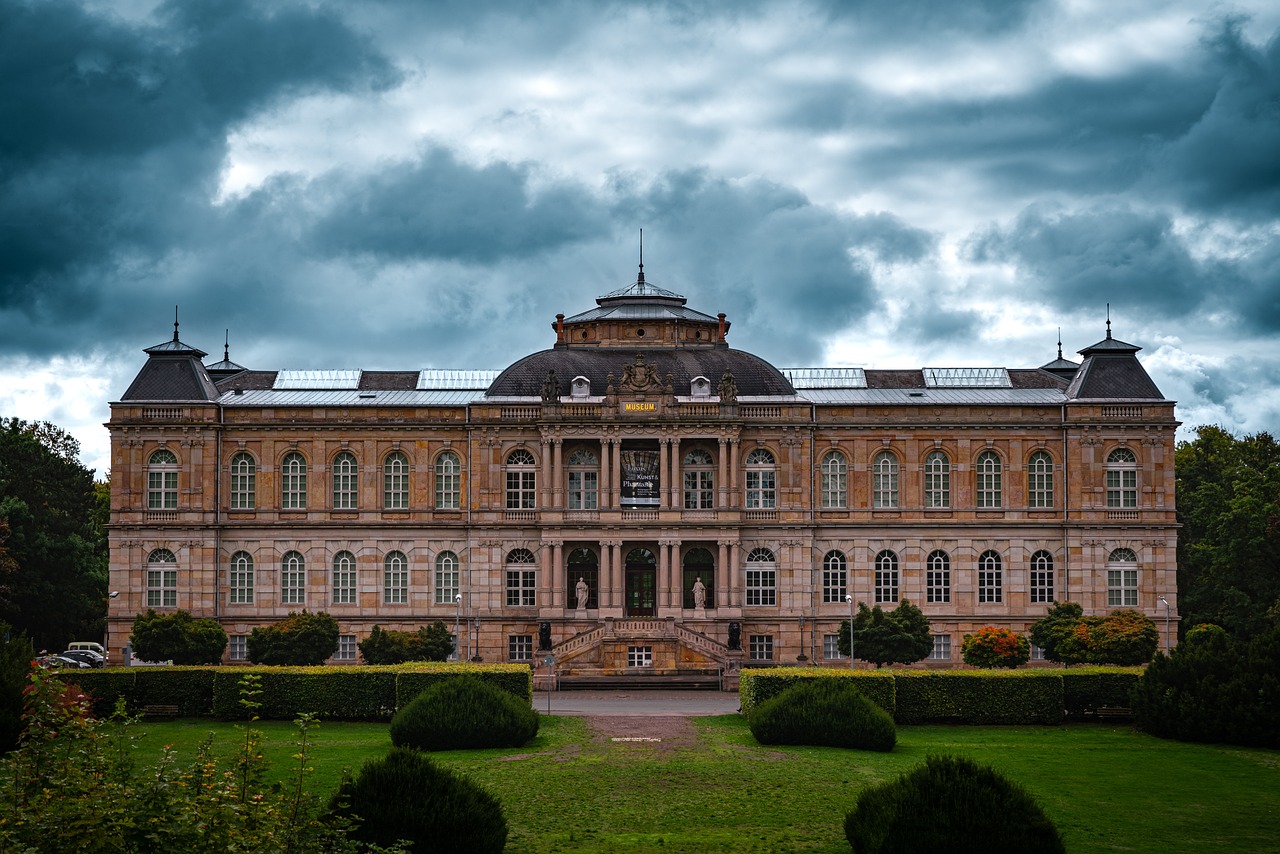
The Role of Patronage and Wealth
During the Renaissance, the role of patronage and wealth was instrumental in fostering a vibrant cultural and artistic landscape. Wealthy patrons, such as the influential Medici family in Florence, played a crucial role in supporting artists, scholars, and thinkers, providing them with the financial resources and stability needed to pursue their creative endeavors.
Patronage not only enabled artists to focus on their craft without the constraints of financial worries but also allowed them to experiment, innovate, and push the boundaries of traditional artistic expression. Artists like Leonardo da Vinci, Michelangelo, and Raphael flourished under the patronage of wealthy families and rulers, producing masterpieces that continue to captivate audiences to this day.
Furthermore, the support of patrons extended beyond the realm of art to encompass literature, science, and philosophy. Scholars and thinkers were able to dedicate themselves to their studies and research, contributing to the intellectual ferment of the Renaissance and laying the groundwork for future advancements in knowledge and understanding.
Patronage also served as a means of social and political influence, with patrons using their support of artists and intellectuals to enhance their own prestige and reputation. By aligning themselves with the cultural elite of the time, patrons could solidify their standing in society and leave a lasting legacy through the art and ideas they supported.
In essence, the role of patronage and wealth during the Renaissance was not merely about financial support but about fostering a culture of creativity, innovation, and intellectual exchange that propelled the era to new heights of cultural achievement and artistic excellence.
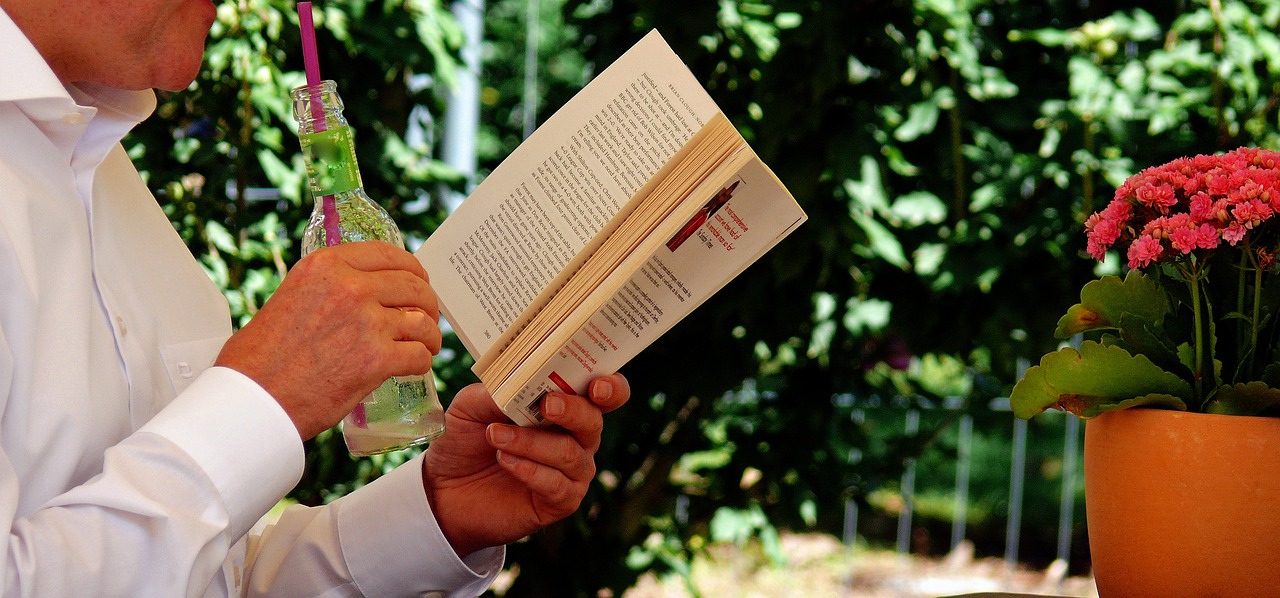
The Printing Press and the Spread of Ideas
The invention of the printing press by Johannes Gutenberg in the mid-15th century revolutionized the way information was shared and disseminated. Before the printing press, books were painstakingly copied by hand, making them rare and expensive. With the introduction of the printing press, books could be produced quickly and in large quantities, making knowledge more accessible to a wider audience.
The printing press played a crucial role in the spread of Renaissance ideas and culture across Europe. It enabled the rapid circulation of texts, allowing for the widespread distribution of classical works, scientific discoveries, and religious reform ideas. This dissemination of knowledge fueled intellectual curiosity and inspired new ways of thinking, contributing to the flourishing of art, literature, and innovation during the Renaissance.
Printed materials became a powerful tool for challenging traditional beliefs and authority, as individuals could now access a variety of perspectives and information. The printing press facilitated the exchange of ideas among scholars, scientists, artists, and thinkers, fostering a vibrant intellectual community that transcended geographical boundaries.
Moreover, the printing press played a significant role in the Protestant Reformation, as reformers like Martin Luther utilized printed materials to spread their ideas and challenge the supremacy of the Catholic Church. The ability to produce pamphlets, tracts, and books in large numbers empowered reformers to communicate directly with the masses, sparking religious and political transformations across Europe.
In essence, the printing press was a catalyst for the democratization of knowledge and the acceleration of intellectual exchange during the Renaissance. Its impact reverberated throughout European society, fueling innovation, fostering debate, and laying the groundwork for the modern information age we live in today.
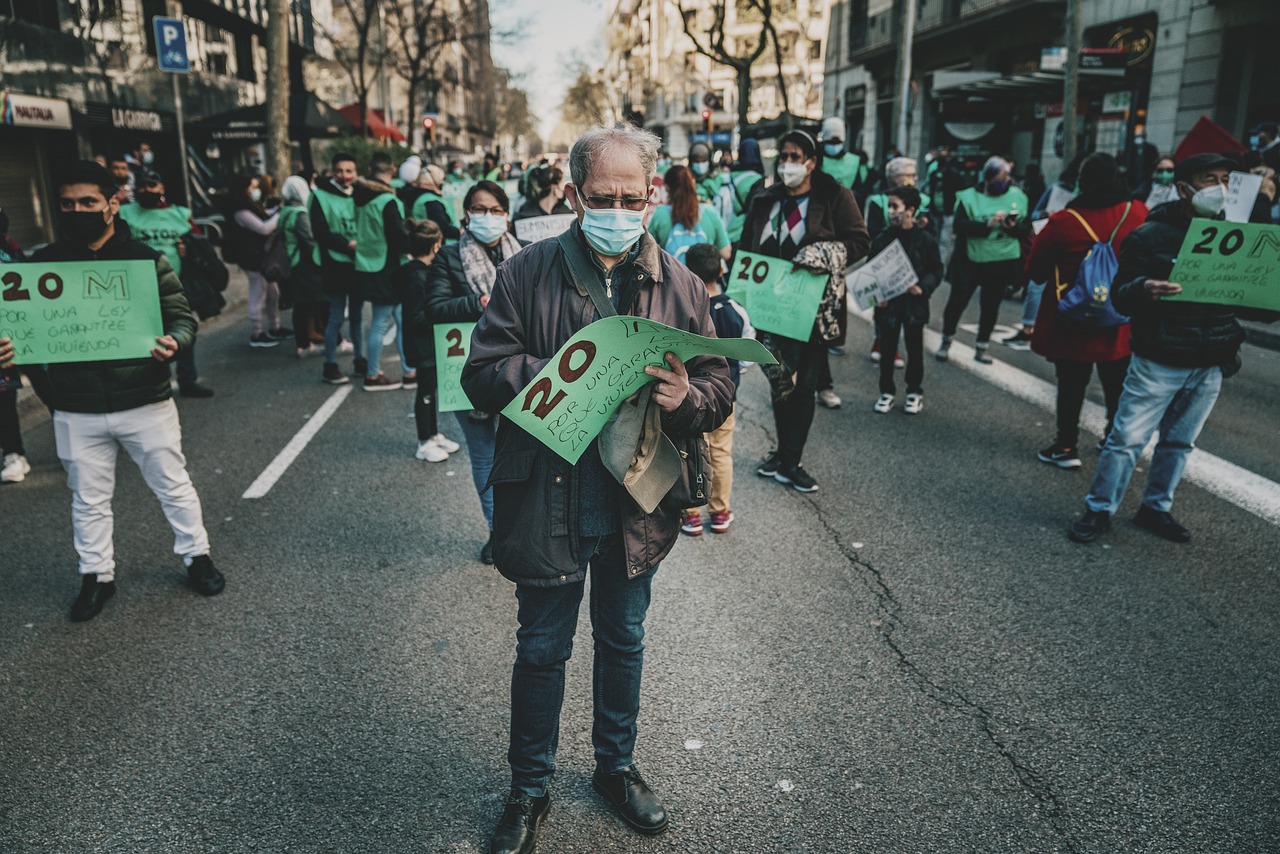
The Protestant Reformation and its Impact
The Protestant Reformation, ignited by Martin Luther in 1517, was a seismic event that reverberated throughout Europe, challenging the authority of the Catholic Church and reshaping the religious and political landscape of the Renaissance era. Luther's Ninety-Five Theses, criticizing the Church's corrupt practices, sparked a wave of religious dissent and reform movements that spread like wildfire.
One of the key impacts of the Protestant Reformation was the fragmentation of Christianity into various denominations, leading to religious diversity and the erosion of the Catholic Church's monopoly on spiritual authority. This schism not only transformed the religious fabric of Europe but also fueled political conflicts and power struggles between different factions.
The Reformation also had profound social consequences, as it encouraged individual interpretation of the Bible and emphasized the direct relationship between believers and God, bypassing the need for intermediaries such as priests and the Church hierarchy. This empowerment of the laity sparked debates on religious freedom, personal conscience, and the role of religion in society.
Moreover, the Protestant Reformation catalyzed educational reforms and the spread of literacy, as the emphasis on reading and interpreting the Bible in vernacular languages led to the establishment of schools and the promotion of literacy among the common people. This democratization of knowledge had far-reaching implications for education and intellectual development.
Additionally, the Reformation triggered cultural shifts, influencing art, music, literature, and societal norms. Protestant values such as hard work, thrift, and individual responsibility permeated European society, shaping the emerging modern ethos and contributing to the development of capitalism and the Protestant work ethic.
In conclusion, the Protestant Reformation was a watershed moment in European history that not only transformed the religious landscape but also had far-reaching impacts on politics, society, education, and culture during the Renaissance period. Its legacy continues to resonate in the modern world, underscoring the enduring significance of this revolutionary movement.

The Scientific Revolution and New Discoveries
The Scientific Revolution of the 16th and 17th centuries marked a seismic shift in the way humans viewed the natural world. Visionaries like Copernicus, Galileo, and Newton challenged long-held beliefs and introduced groundbreaking discoveries that revolutionized science and philosophy.
One of the key figures of this era was Nicolaus Copernicus, whose heliocentric model of the universe contradicted the prevailing geocentric view. By positing that the Earth revolved around the sun, Copernicus laid the foundation for a new understanding of the cosmos, sparking debates and inquiries that would shape scientific thought for centuries to come.
Galileo Galilei, often regarded as the father of observational astronomy, made significant advancements in the field of physics and astronomy. Through his telescopic observations, Galileo provided concrete evidence to support Copernicus' heliocentric theory, further challenging the traditional Aristotelian worldview and paving the way for modern scientific inquiry.
Isaac Newton, with his laws of motion and universal gravitation, unified celestial and terrestrial mechanics, offering a comprehensive framework to explain the workings of the universe. Newton's groundbreaking discoveries not only revolutionized physics but also laid the groundwork for the development of modern science and technology.
The Scientific Revolution was not merely a series of isolated discoveries but a fundamental shift in the way humans approached knowledge and understanding. It emphasized empirical observation, experimentation, and the application of mathematical principles to unravel the mysteries of the natural world.
This period of intellectual upheaval not only transformed scientific disciplines but also had profound implications for society, challenging traditional authorities and fostering a spirit of inquiry and innovation that continues to shape our modern world.
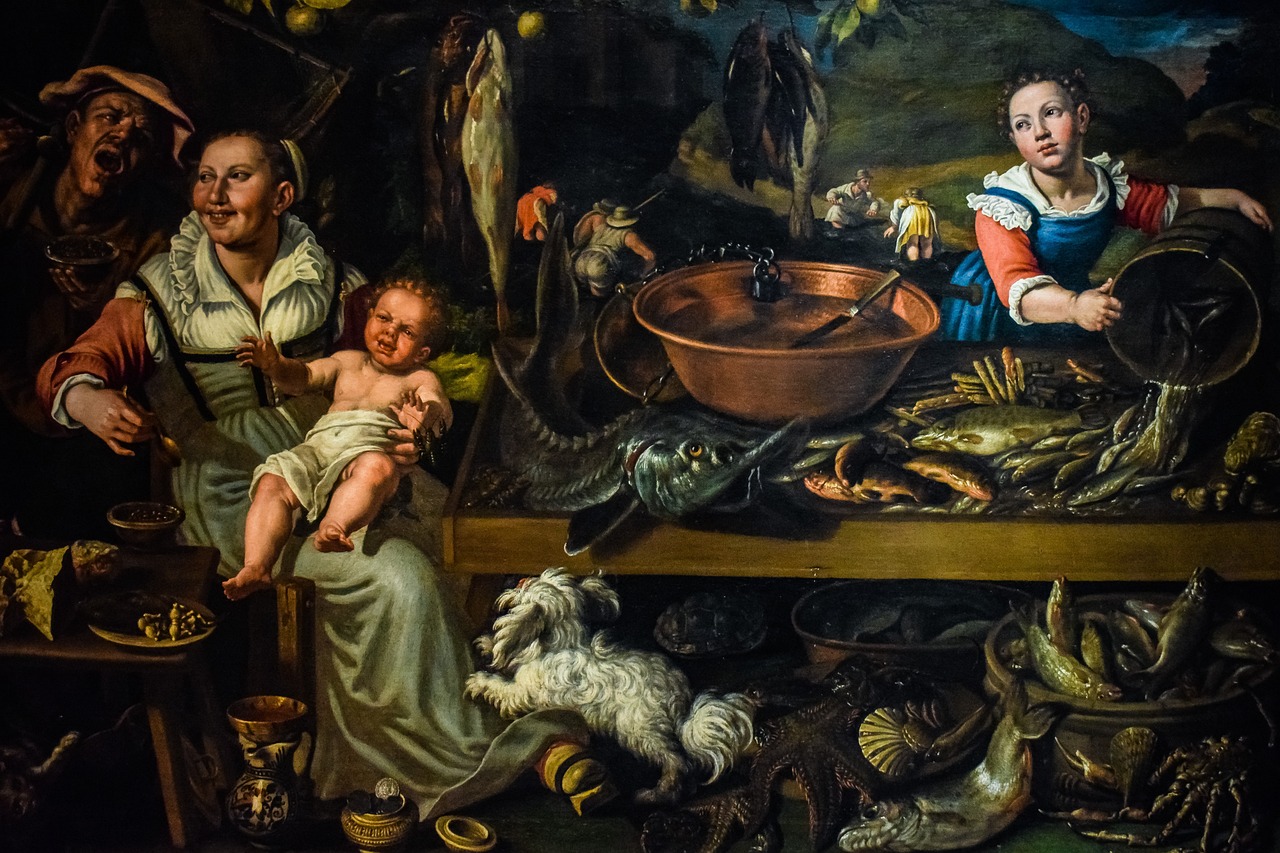
The Legacy of the Renaissance
The Renaissance, with its explosion of creativity and innovation, left an indelible mark on the course of history. Its legacy extends far beyond the boundaries of Europe, influencing art, science, philosophy, and society in ways that continue to resonate today. One of the most enduring legacies of the Renaissance is the concept of humanism, which emphasized the worth and potential of individuals. This human-centered approach to life and learning has shaped modern ideas about human rights, individualism, and the pursuit of knowledge.
Furthermore, the artistic achievements of the Renaissance masters such as Leonardo da Vinci, Michelangelo, and Raphael have set the standard for excellence in creativity and craftsmanship. Their works continue to inspire and awe audiences around the world, showcasing the power of human imagination and skill. The legacy of Renaissance art can be seen in the masterpieces that adorn museums and galleries, serving as a testament to the enduring impact of this golden age of creativity.
Moreover, the scientific advancements of the Renaissance laid the foundation for modern scientific inquiry and discovery. Visionaries like Copernicus, Galileo, and Newton revolutionized our understanding of the natural world, challenging long-held beliefs and paving the way for the scientific revolution. Their contributions have shaped the way we view the universe, inspiring generations of scientists to explore the mysteries of the cosmos.
Additionally, the legacy of the Renaissance can be felt in the realm of literature and philosophy. Writers such as Shakespeare, Cervantes, and Montaigne drew inspiration from the humanist ideals of the Renaissance, creating timeless works that continue to captivate readers and provoke thought. The emphasis on individual expression, critical thinking, and intellectual exploration that characterized the Renaissance era continues to influence modern literature and philosophy.
In conclusion, the legacy of the Renaissance is a testament to the enduring power of human creativity, intellect, and curiosity. Its impact can be seen in every aspect of our lives, from the art we admire to the scientific discoveries that shape our world. The Renaissance serves as a reminder of what is possible when human ingenuity is unleashed, leaving a legacy that will continue to inspire and enrich future generations.
Frequently Asked Questions
- What was the significance of the Black Death in relation to the Renaissance?
The Black Death, a devastating pandemic that swept through Europe in the 14th century, had a profound impact on the social, economic, and political structures of the time. The population decline caused by the plague led to labor shortages, which in turn weakened the feudal system and paved the way for new opportunities and advancements that eventually contributed to the emergence of the Renaissance.
- How did the fall of Constantinople influence the Renaissance?
The fall of Constantinople to the Ottoman Empire in 1453 resulted in the dispersal of Greek scholars and texts to Western Europe, particularly Italy. This influx of knowledge sparked a renewed interest in classical learning and culture, providing a foundation for the intellectual revival of the Renaissance period.
- What role did patronage play in the development of the Renaissance?
Wealthy patrons, such as the powerful Medici family in Florence, played a crucial role in supporting artists, scholars, and thinkers during the Renaissance. Their financial backing enabled the creation of masterpieces in art, literature, and science, fostering a cultural environment that encouraged innovation and creativity.
- How did the Scientific Revolution contribute to the Renaissance?
The Scientific Revolution of the 16th and 17th centuries, characterized by groundbreaking discoveries and advancements in the understanding of the natural world, aligned with the spirit of inquiry and exploration that defined the Renaissance. Figures like Copernicus, Galileo, and Newton challenged traditional beliefs, paving the way for new ways of thinking and understanding the universe.



















